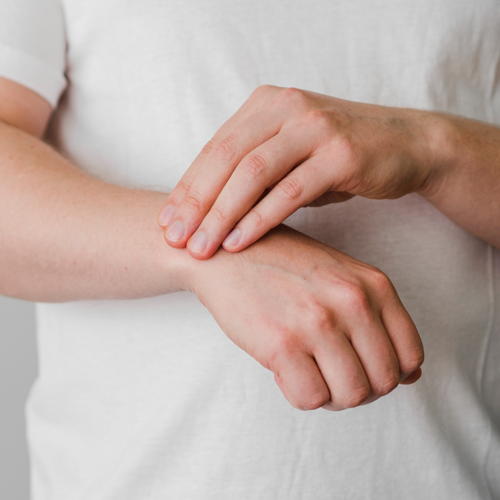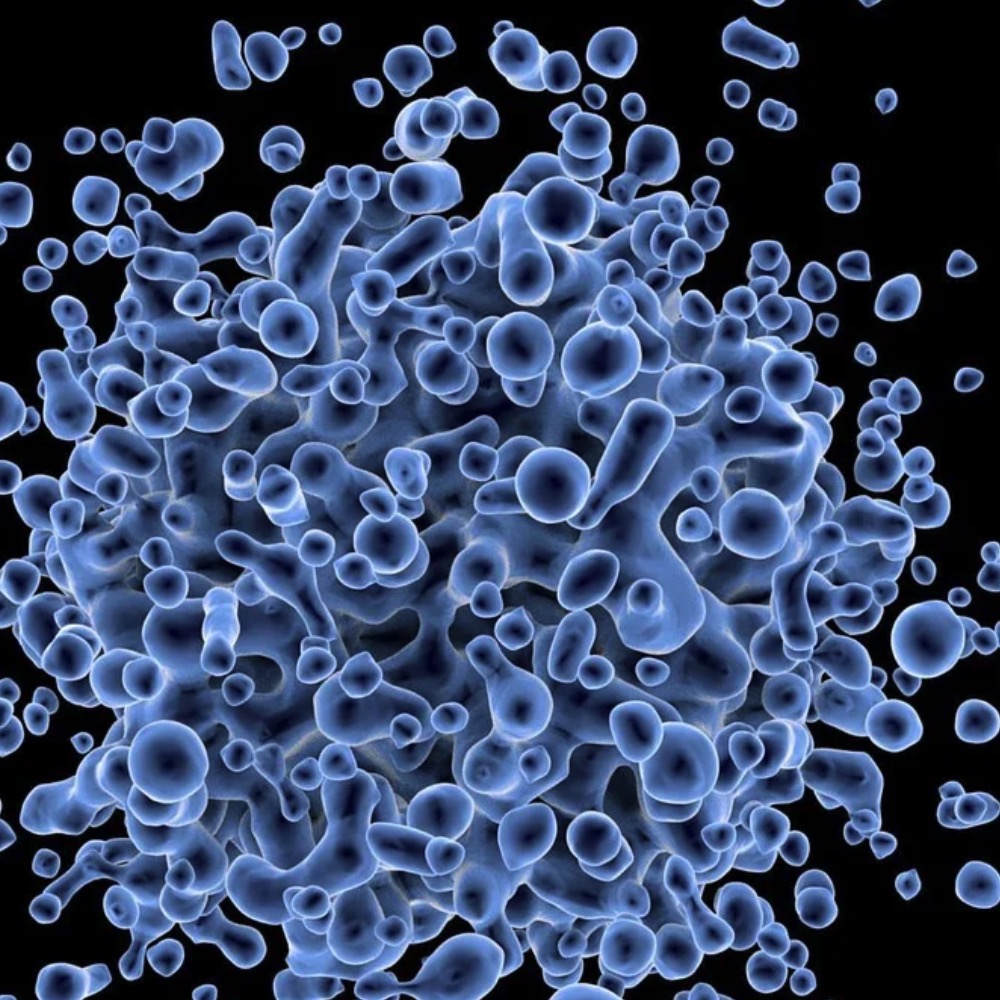Original Articles
8 September 2025
Vol. 53 No. 3 (2001)
Scavenging effect of lazaroids U78517F, U74389F, U74500A on oxygen free radicals produced by stimulated human polymorphonuclear leucocytes and by chemical method
Publisher's note
All claims expressed in this article are solely those of the authors and do not necessarily represent those of their affiliated organizations, or those of the publisher, the editors and the reviewers. Any product that may be evaluated in this article or claim that may be made by its manufacturer is not guaranteed or endorsed by the publisher.
All claims expressed in this article are solely those of the authors and do not necessarily represent those of their affiliated organizations, or those of the publisher, the editors and the reviewers. Any product that may be evaluated in this article or claim that may be made by its manufacturer is not guaranteed or endorsed by the publisher.
900
Views
743
Downloads











